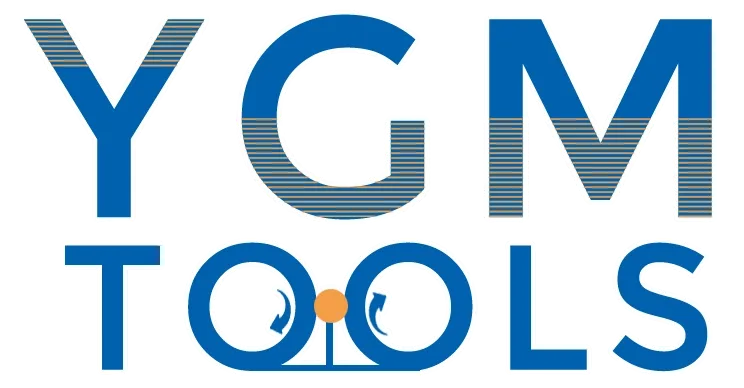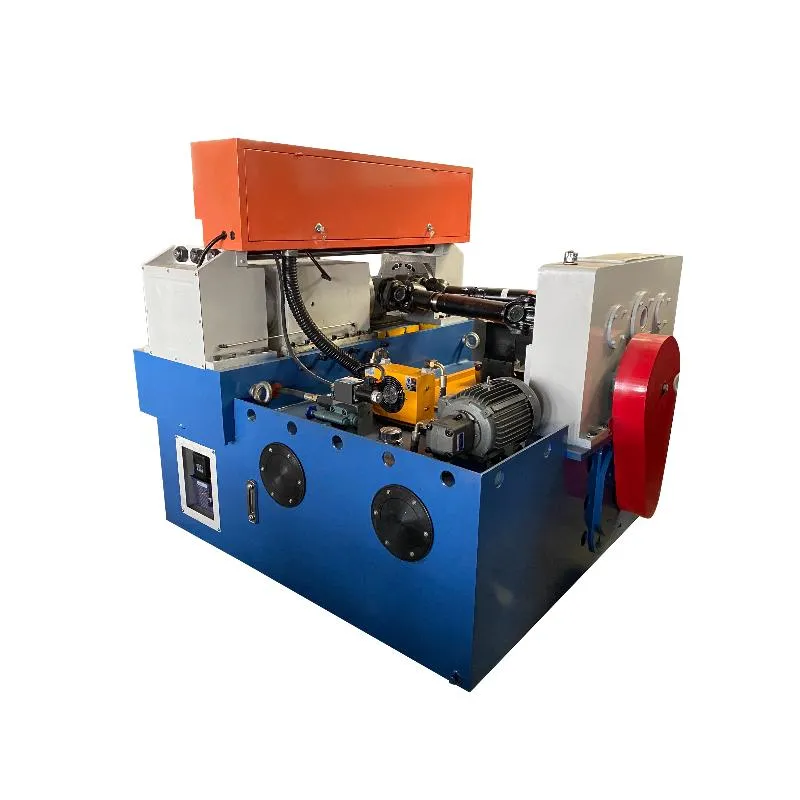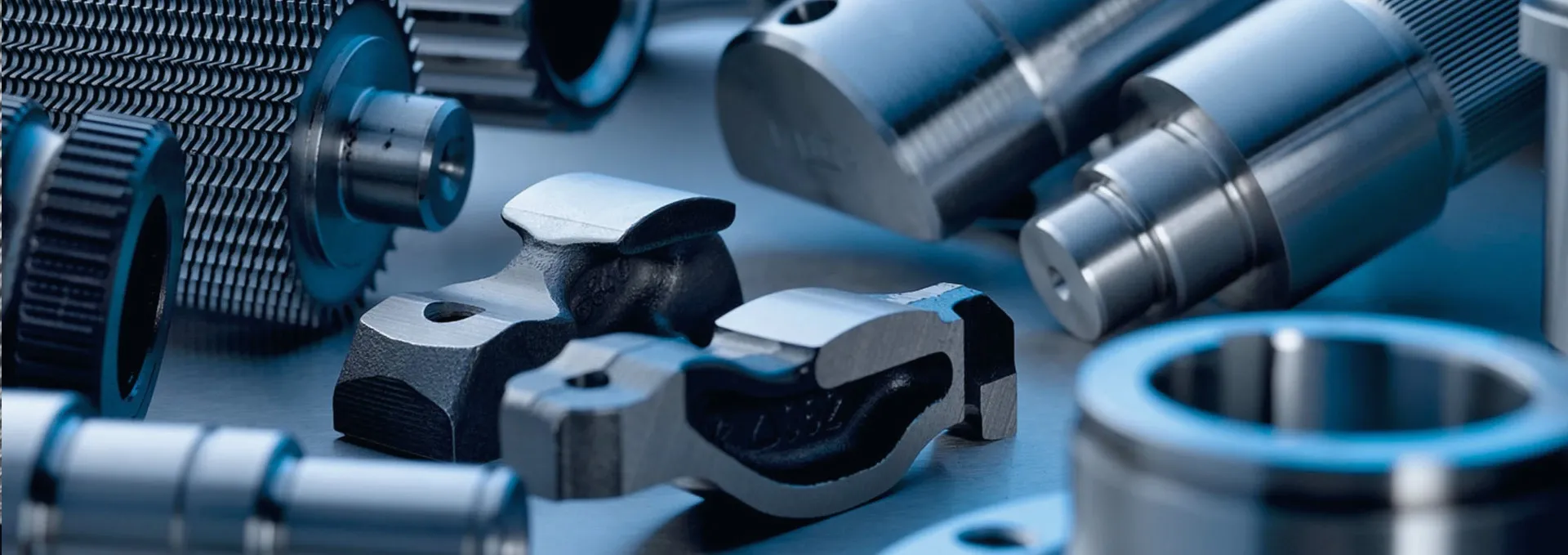
-
 Afrikaans
Afrikaans -
 Albanian
Albanian -
 Amharic
Amharic -
 Arabic
Arabic -
 Armenian
Armenian -
 Azerbaijani
Azerbaijani -
 Basque
Basque -
 Belarusian
Belarusian -
 Bengali
Bengali -
 Bosnian
Bosnian -
 Bulgarian
Bulgarian -
 Catalan
Catalan -
 Cebuano
Cebuano -
 Corsican
Corsican -
 Croatian
Croatian -
 Czech
Czech -
 Danish
Danish -
 Dutch
Dutch -
 English
English -
 Esperanto
Esperanto -
 Estonian
Estonian -
 Finnish
Finnish -
 French
French -
 Frisian
Frisian -
 Galician
Galician -
 Georgian
Georgian -
 German
German -
 Greek
Greek -
 Gujarati
Gujarati -
 Haitian Creole
Haitian Creole -
 hausa
hausa -
 hawaiian
hawaiian -
 Hebrew
Hebrew -
 Hindi
Hindi -
 Miao
Miao -
 Hungarian
Hungarian -
 Icelandic
Icelandic -
 igbo
igbo -
 Indonesian
Indonesian -
 irish
irish -
 Italian
Italian -
 Japanese
Japanese -
 Javanese
Javanese -
 Kannada
Kannada -
 kazakh
kazakh -
 Khmer
Khmer -
 Rwandese
Rwandese -
 Korean
Korean -
 Kurdish
Kurdish -
 Kyrgyz
Kyrgyz -
 Lao
Lao -
 Latin
Latin -
 Latvian
Latvian -
 Lithuanian
Lithuanian -
 Luxembourgish
Luxembourgish -
 Macedonian
Macedonian -
 Malgashi
Malgashi -
 Malay
Malay -
 Malayalam
Malayalam -
 Maltese
Maltese -
 Maori
Maori -
 Marathi
Marathi -
 Mongolian
Mongolian -
 Myanmar
Myanmar -
 Nepali
Nepali -
 Norwegian
Norwegian -
 Norwegian
Norwegian -
 Occitan
Occitan -
 Pashto
Pashto -
 Persian
Persian -
 Polish
Polish -
 Portuguese
Portuguese -
 Punjabi
Punjabi -
 Romanian
Romanian -
 Russian
Russian -
 Samoan
Samoan -
 Scottish Gaelic
Scottish Gaelic -
 Serbian
Serbian -
 Sesotho
Sesotho -
 Shona
Shona -
 Sindhi
Sindhi -
 Sinhala
Sinhala -
 Slovak
Slovak -
 Slovenian
Slovenian -
 Somali
Somali -
 Spanish
Spanish -
 Sundanese
Sundanese -
 Swahili
Swahili -
 Swedish
Swedish -
 Tagalog
Tagalog -
 Tajik
Tajik -
 Tamil
Tamil -
 Tatar
Tatar -
 Telugu
Telugu -
 Thai
Thai -
 Turkish
Turkish -
 Turkmen
Turkmen -
 Ukrainian
Ukrainian -
 Urdu
Urdu -
 Uighur
Uighur -
 Uzbek
Uzbek -
 Vietnamese
Vietnamese -
 Welsh
Welsh -
 Bantu
Bantu -
 Yiddish
Yiddish -
 Yoruba
Yoruba -
 Zulu
Zulu
high speed thread rolling machine
High-Speed Thread Rolling Machines Revolutionizing Fastener Production
In the fast-paced world of manufacturing, efficiency and precision are paramount. Among the pivotal machines facilitating these operations are high-speed thread rolling machines. These advanced tools are specifically designed to produce high-quality threaded fasteners at an impressive rate. In this article, we will explore the working principle, benefits, applications, and future trends related to high-speed thread rolling machines.
Understanding Thread Rolling
Thread rolling is a cold forming process where a blank or rod is passed between two dies, which have the thread profile machined into them. As the blank is rolled, material is displaced to create threads without removing any material. This process enhances the mechanical properties of the material, resulting in threads that are stronger and more uniform compared to those produced through traditional cutting methods.
Working Principle of High-Speed Thread Rolling Machines
High-speed thread rolling machines utilize advanced mechanisms to achieve rapid production rates. These machines can operate at speeds exceeding several hundred threads per minute. The key components include two rotating dies that apply pressure to the blank, and an adjustable feeding system that allows for precise alignment and control of the material. The use of hydraulic and electronic controls further enhances their performance, enabling manufacturers to produce a wide variety of thread sizes and shapes without significant downtime between setups.
Benefits of High-Speed Thread Rolling Machines
1. Efficiency High-speed thread rolling machines dramatically reduce production time compared to other methods. The ability to produce multiple threads in a single pass means that manufacturers can meet high demands swiftly.
2. Quality and Precision The cold-forming process yields threads that are more robust, with tighter tolerances and fewer defects. The absence of cutting reduces the likelihood of chips and burrs, resulting in cleaner components.
3. Material Savings Since there is no cutting involved, the material wastage is minimal. Manufacturers can achieve almost 100% utilization of the raw material, making it a more economical choice.
high speed thread rolling machine

4. Versatility These machines can be adjusted to produce various thread types and sizes, allowing manufacturers to switch between different products with ease. This adaptability is crucial in a market that demands customization and quick turnaround times.
Applications of High-Speed Thread Rolling Machines
High-speed thread rolling machines are invaluable across numerous industries. They are predominantly used in
- Automotive Producing bolts, nuts, and other fastening components critical to vehicle assembly and safety. - Aerospace Manufacturing lightweight yet strong fasteners that meet stringent safety and reliability standards. - Construction Creating durable screws and anchors used in building and infrastructure projects. - Electronics Providing precision fasteners for various electronic devices, ensuring reliability and performance.
Future Trends
As technology advances, high-speed thread rolling machines are likely to incorporate more automation and integrated software solutions. Implementing Industry 4.0 principles, these machines will feature advanced sensors and data analytics capabilities, allowing for real-time monitoring and predictive maintenance. This integration will further enhance efficiency, reduce downtime, and improve the overall quality of production processes.
Moreover, as sustainability becomes a central focus in manufacturing, high-speed thread rolling machines will likely evolve to use greener technologies and materials, helping companies reduce their carbon footprint while maximizing production efficiency.
Conclusion
High-speed thread rolling machines are at the forefront of revolutionizing the fastener production industry. With their efficiency, precision, and versatility, they cater to a wide range of applications across various sectors. As technology continues to develop, we can expect these machines to become even more sophisticated, meeting the evolving needs of manufacturers and contributing to more sustainable practices in the manufacturing landscape.
